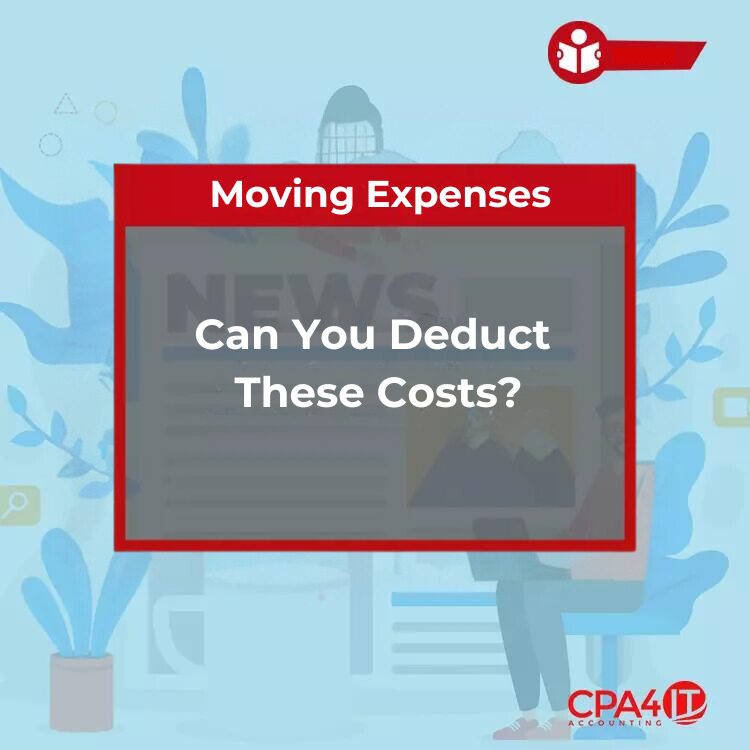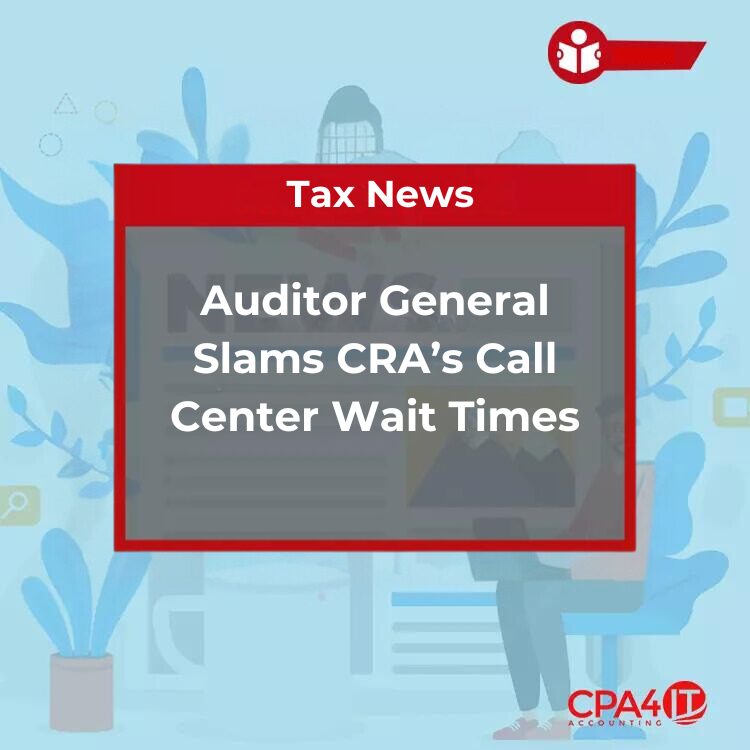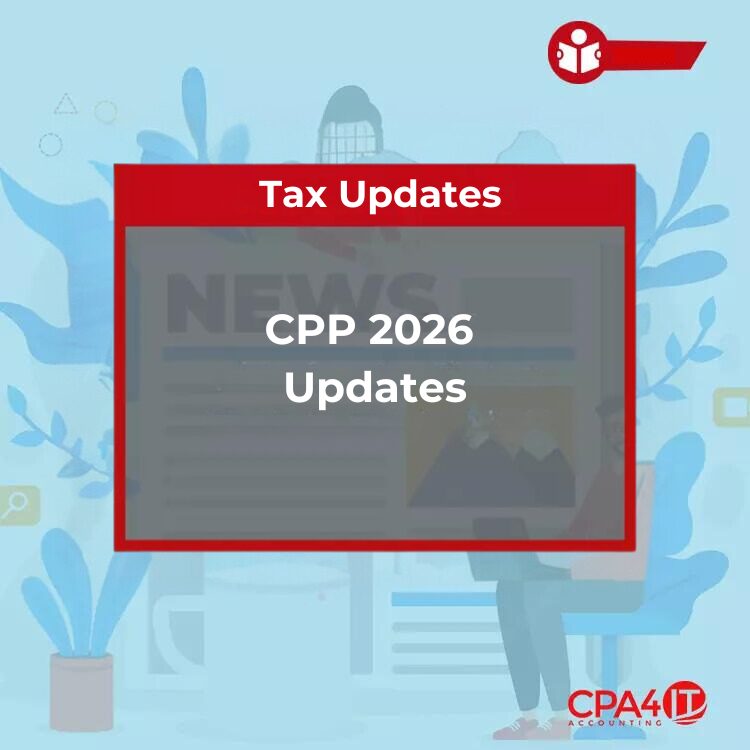Relocating for a new job, to start a business, or to attend school full-time can be exciting — but it can also be expensive. Fortunately, the Canada Revenue Agency (CRA) allows certain moving costs to be deducted from your income, easing the financial sting of a big move. The rules, however, are very specific, and recent court cases such as De Kruyff v. The King show just how important the details can be.
When Can You Claim Moving Expenses?
To qualify for the moving expense deduction, your relocation must meet CRA’s definition of an “eligible relocation.” In simple terms, you can only claim expenses if your move was made to:
- Begin work or operate a business at a new location, or
- Attend a post-secondary institution as a full-time student
And most importantly, your new home must be at least 40 kilometres closer to your new place of work or school than your previous home was. That 40 km rule is not just a guideline — it’s a hard threshold, and even small differences in how the route is measured can determine whether your move qualifies.
If you meet these conditions, you can deduct your moving expenses up to the amount of income earned at your new location. Any unused portion can be carried forward and claimed in a future year, as long as you continue to earn income at the new place. Couples who move together may also split the deduction if both earn income in the new city.
Seems Complicated? We Are Here To Help!
Navigating CRA’s tax system can be confusing — especially when it comes to deductions and relocation rules. Whether you’re moving for work, starting a business, or heading off to school, understanding what you can and can’t claim can make a big difference to your bottom line.
That’s where CPA4IT comes in. Our experienced team of professionals helps business owners like yourself make sense of complex CRA regulations and uncover legitimate opportunities to retain more of your hard earned income. Don’t let uncertainty cost you money — book a FREE consultation today and learn how our team can help you organize finances, create wealth, and transform wealth into a legacy.
What Expenses Qualify?
Once you’ve met the eligibility test, you can deduct a variety of reasonable moving costs. These might include:
- Transportation and storage of household goods
- Travel costs for you and your family (including meals and temporary lodging)
- Real estate commissions, legal fees, and advertising costs to sell your old home
- Fees to cancel a lease
- Legal and title transfer fees for the new residence (excluding GST or HST)
- Utility hookups, disconnections, and address-change expenses
You can also deduct certain costs related to maintaining your old residence — such as mortgage interest, property taxes, insurance, and utilities — for up to $5,000, while you’re waiting for it to sell.
However, if your employer reimbursed some or all of your moving costs, you must reduce your deduction by that amount (unless the reimbursement is included in your taxable income). Some reimbursements may count as taxable benefits, which affect your final tax calculation.
Simplified or Detailed? Your Choice
CRA allows two ways to claim meal and vehicle expenses:
- Simplified method — a flat rate per kilometre or per meal (no receipts needed), or
- Detailed method — claim the actual expenses supported by receipts.
The simplified approach is easier but may result in a smaller deduction. No matter which method you choose, the expenses must have been actually incurred — you can’t claim hypothetical or estimated amounts.
Labour Mobility Deduction for Tradespeople
Since 2022, there’s also a special Labour Mobility Deduction (LMD) for tradespeople who relocate temporarily for work. It’s designed for employees in construction, maintenance, or similar fields who travel to temporary job sites but keep their main residence elsewhere.
The maximum claim is $4,000 per year, or the lesser of:
- The actual eligible expenses, or
- Half of your income from eligible employment at all temporary worksites.
To qualify, the move must be within Canada, away from your regular home for at least 36 hours, and your new accommodation must be at least 150 km closer to the temporary work location. Your regular home must remain available to you and not be rented out while you’re away.
When Health or Accessibility Drives the Move
Some relocations aren’t just about work or study. If you move primarily for medical reasons — for instance, to a home that’s more accessible due to a disability — you may be able to claim certain costs under medical expense rules.
This can include travel and transportation expenses to receive medical treatment, especially if the nearest facility is more than 80 kilometres away. In some situations, medical travel outside Canada may also qualify.
The Case of De Kruyff v. The King: Why Mapping Matters
A fascinating 2023 Tax Court case, De Kruyff v. The King, highlighted just how technical the 40-kilometre rule can be.
The taxpayer, Mr. De Kruyff, moved for work and claimed his moving expenses. CRA denied the deduction, arguing that his new home wasn’t 40 km closer to the new job based on Google Maps measurements. However, the case turned on a subtle but crucial question: When was the distance measured?
Mr. De Kruyff argued that the CRA had calculated the route during off-peak hours, which didn’t reflect his real-life commuting pattern. During normal rush-hour conditions — the time he would actually be travelling — his route to the new workplace was indeed more than 40 kilometres shorter.
The Tax Court agreed. It found that the “shortest normal route” must be assessed under realistic commuting conditions, not hypothetical ones. This meant that time of day and traffic flow could influence the measurement, especially when using online mapping tools.
The decision serves as a reminder that even a small detail — like what time you drop a pin in Google Maps — can decide whether thousands of dollars in moving costs are deductible.
Practical Takeaways for Claiming Moving Expenses
- Always measure your route under realistic driving conditions and keep a screenshot or record of it.
- Save all receipts and invoices for your move.
- Reduce your claim by any amounts reimbursed by your employer.
- Remember that unused deductions can be carried forward if you continue earning income at your new location.
- If your move was temporary and you work in a trade, explore whether the Labour Mobility Deduction applies.
We Can Help!
Tax rules around moving expenses can be confusing, and small mistakes can cost you valuable deductions. With over 4 decades of experience, our professionals have been helping small business owners organize finances, create wealth, and transform wealth into a legacy. Book a FREE consultation today and let us help reduce your tax bill and increase your profits.




